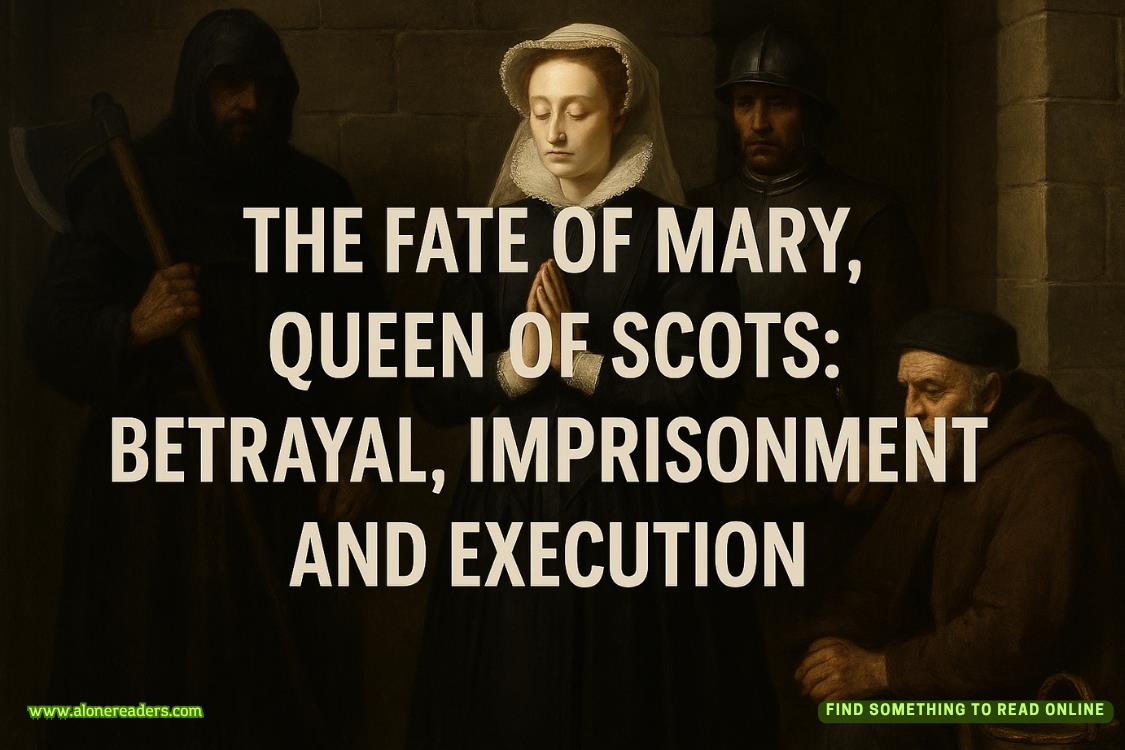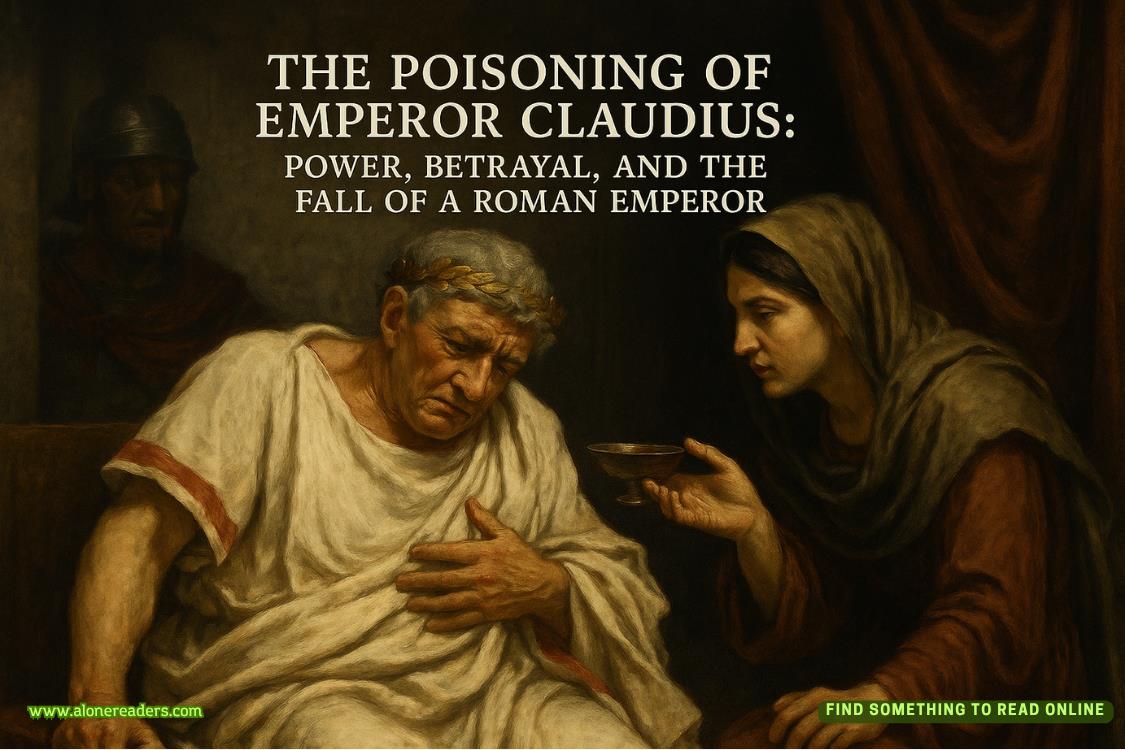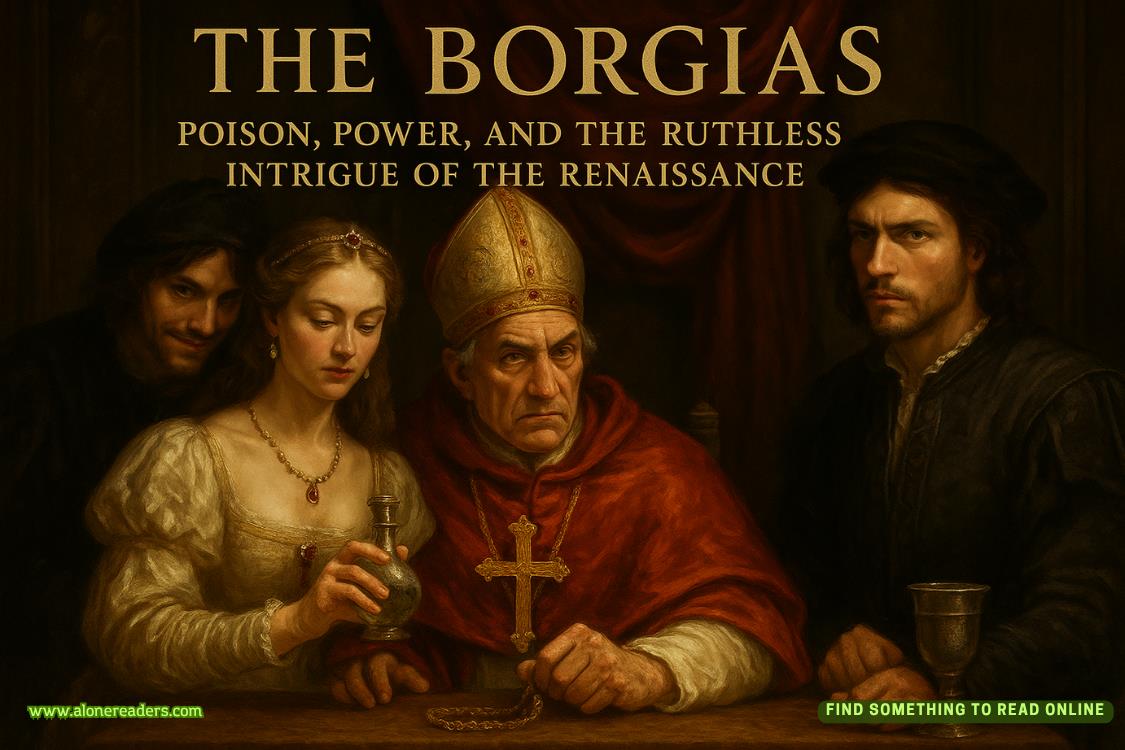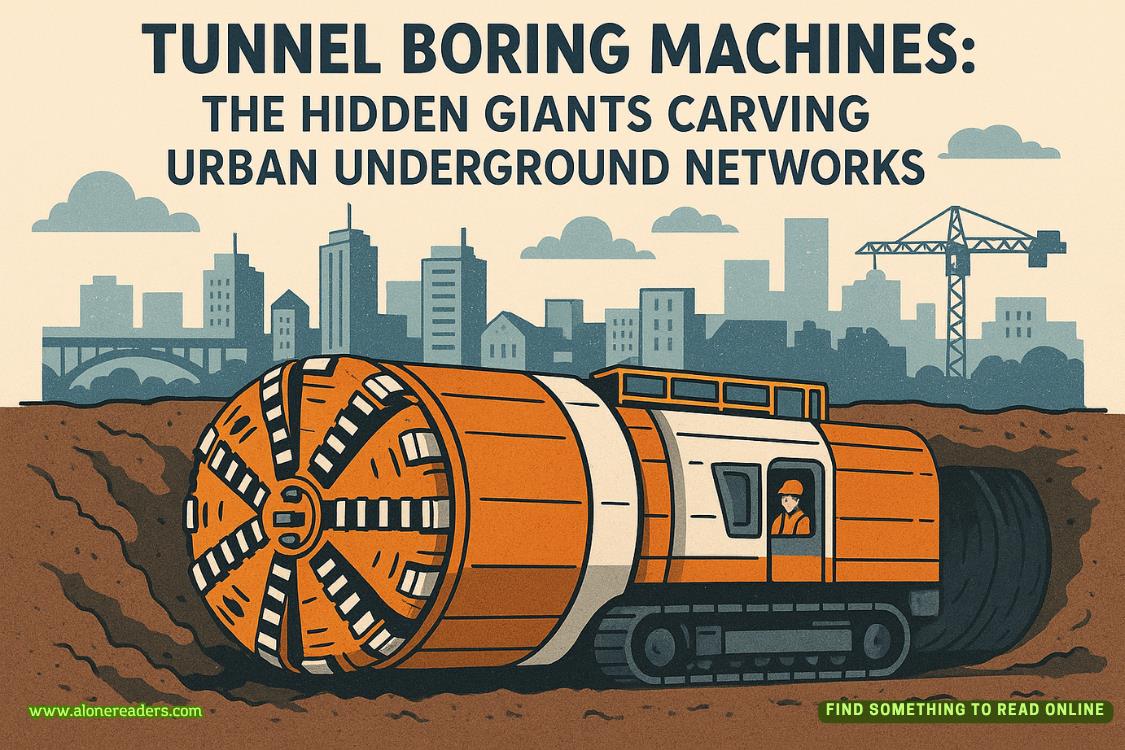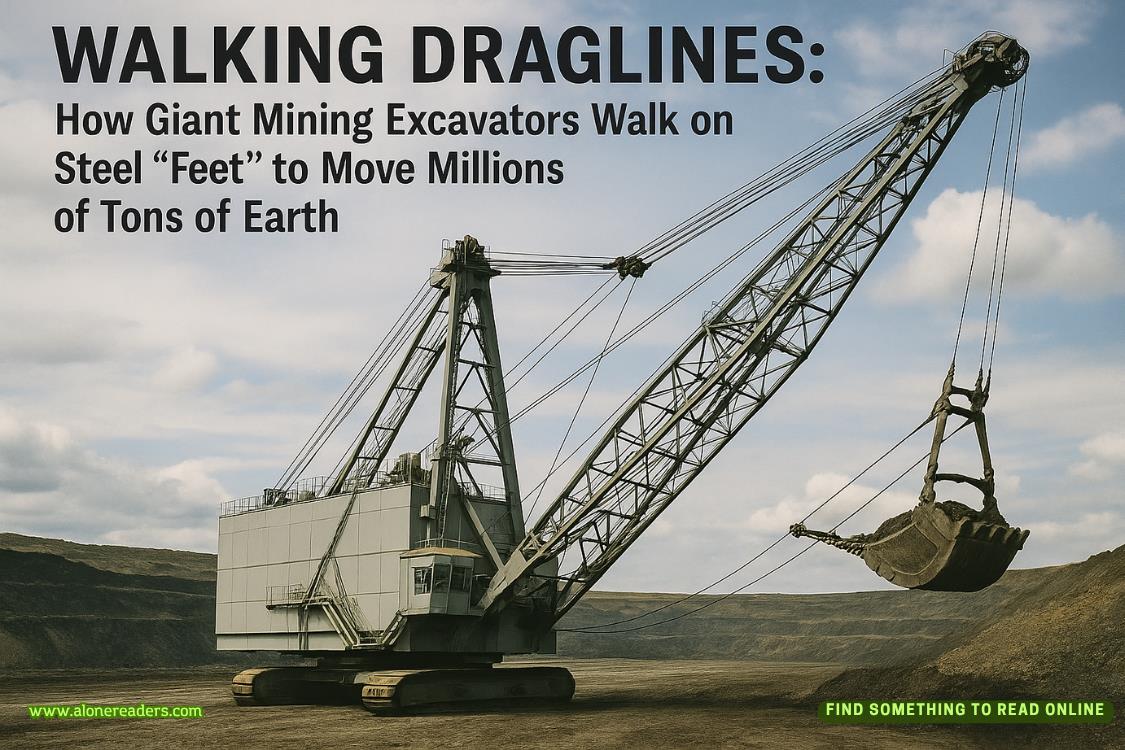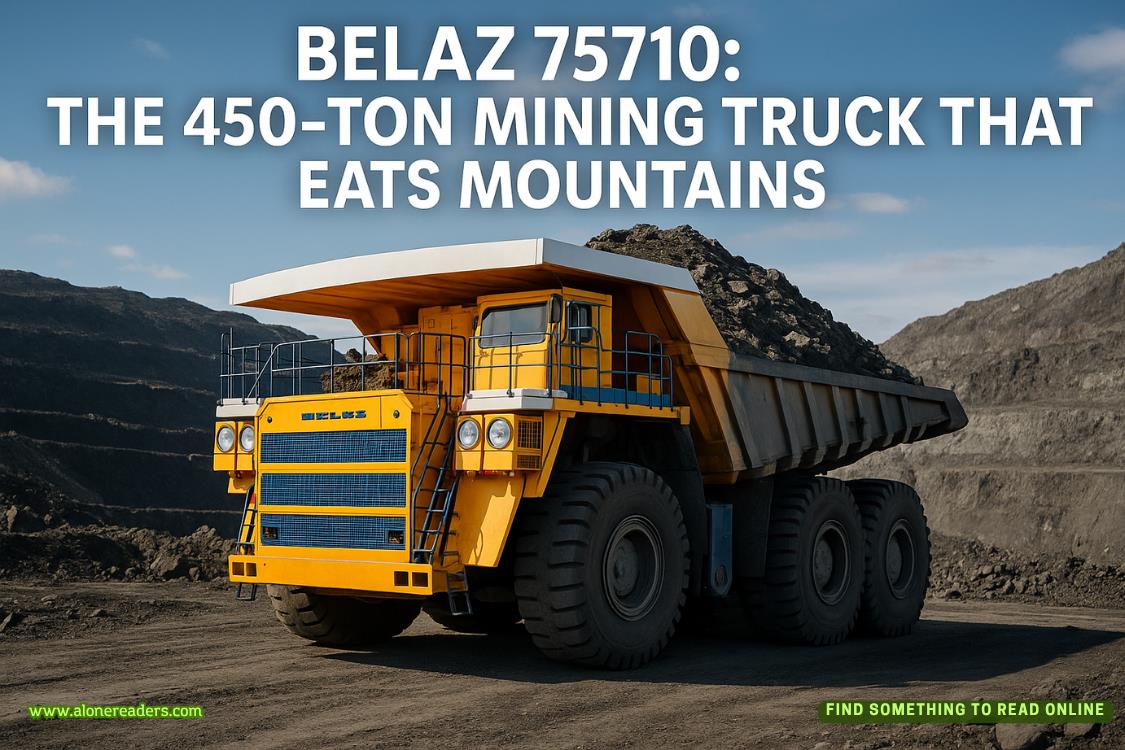My grandmaseemed to be the most affected by Jack’s presence. She spent hours holding him,making blankets and watching his every movement. It was nice to see her sohappy again. I worried that after grandpa’s passing she would just give up likemy great grandmother did but she didn’t. She still traveled around with us,helped with fan clubs, made sure all of her kids were taking care of themselves— just being the mother she always was to everyone.
She reallywas the racers tape that held our families together.
The monthswent by and soon Lily and Jack were traveling with me just as I did with myparents.
Willie andTommy worked together as the crew chief and the combination was exactly what weneeded that year. I questioned their sanity more times than not but somehow thecombination of their brains worked wonders on the setups and adjustments. Bythe time the World Finals rolled around in November, I had no doubts I’d wonthe championship.
I wouldlike to say I never second guessed myself but I did. I wasn’t Jameson Riley.
I was AxelCharles Riley. The kid that occasionally questioned his skills but I knew I hadthem. That championship proved that. I may not drive like he did or push thecar to the limits the way he could and hang on to it but I did it.
I set outto win the championship and I did.
That’s allthat mattered to me.
Likegrandma tells me, “It doesn’t matter how you get there, just that you do.”
She wastalking to Spencer at the time but still, the words could be applied toanything.
All thatmattered was that I did it and I did it my way.
Now it wastime to head to Homestead with the rest of our family to watch my dad’s lastrace. Deep down it bothered me that he was hanging it up because for so long weshared this one thing together. Racing, now what would that mean?
Inside Line – Jameson
Leading upto my last race in Homestead was nerve-racking. It was hard to think that in afew days, the life that we had lived for so long would be changing again.
I wasn’t acontender for the championship since our first half of the season was driven bya back-up driver. Not that Easton didn’t do well, he did. But it wasn’t enoughto put us in championship contention.
Rememberwhen I said I’d give it everything I had, well I most definitely did that lastrace.
I reallyenjoyed Homestead, always had. But then again, that was before my accident andwhether I wanted to face it or not, I had some setbacks physically from it thatcaused me to feel uncomfortable at times. Homestead wasn’t any different.
Once thephysical therapy was done, it took some time for me to really feel comfortablein the car again without the occasional cramping or aching midway through therace. The problem was my shoulder.
Dave, mypersonal trainer/physician these days that traveled along with our team and notonly helpedmebut he helped the crew members if theyneeded it on the weekends. So he made this device that I wore inside the carthat helped take the pressure I felt off my left shoulder on the longer races.
Thankfully,this wasn’t a shifting speedway. I was in an untold amount of pain afterWatkins Glen this year where we shifted constantly.
Cup carshave manual transmissions and slowing down and speeding up involves shiftinggears—depending on what track you are at. Most of the times you’ll change thegear ratio around so you’ll have either low or high gear and then of coursereverse but at Watkins Glen with the hairpin turns, straightaways and sweepingcorner you need three or four gears.
Ordinarilyyou’d let off the gas and push in the clutch coasting through the corner in astreet car. In a cup car, you do not want to do that. Why? Because the clutchis engaged, this means you’re simply idling. Getting up to race speed againwill make the car buck because the engine goes from idling to thousands ofRPM’s. Not only is this bad for the transmission but it makes the carconsiderably harder to control.
This iswhere “heel and toe” come into play. Most drivers, the good ones, have this techniquedown. Others, it takes some getting used to.
As youapproach the turn, you begin to break. Your right foot is on the break whileyou engage the clutch with your left foot.
Then youpivot the heel of your right foot, keeping the ball on the break. Pressing theaccelerator to raise the engine RPM’s even though the car is decelerating.Because you still have the clutch engaged you’re not actually increasing yourspeed, just the RPM’s. Instead, it revs the engine enough to match the RPM’s tothe wheel speed.
Nowimagine doing all that in less than a second and then ten seconds later,repeating that for four hours. You’re just a little sore by the end of theseraces.
So by theend of this season, retirement was looking good.
Going intothe race I was confident as always but the race wasn’t a sure shot. Fuelmileage was the talk of the weekend and if I was honest with you, it was for usas well.
Fuelmileage over the years had become something else entirely with the hardercompound tires we were using. Every driver has their own ways of saving fueland very seldom shared those secrets. Most, me included, will lay-off thebreaks at times going around the corners and then hold in the clutch to let thecar roll through the corner. Other times you will only go half-throttle onstraight shots. Going wide-open, you burn more fuel. So if you shut the engineoff and then fire it back up in the front stretch, you can save fuel. This isonly in instances when youknowyou’re going to run out or you’rereallytaking a gamble.
Mostskilled drivers can actually save 10% more fuel on race days than others.Calculating this can be the biggest conundrums for a team. It’s a fuckingnightmare at times. Kyle and Spencer definitely earn their keeps on these days.





